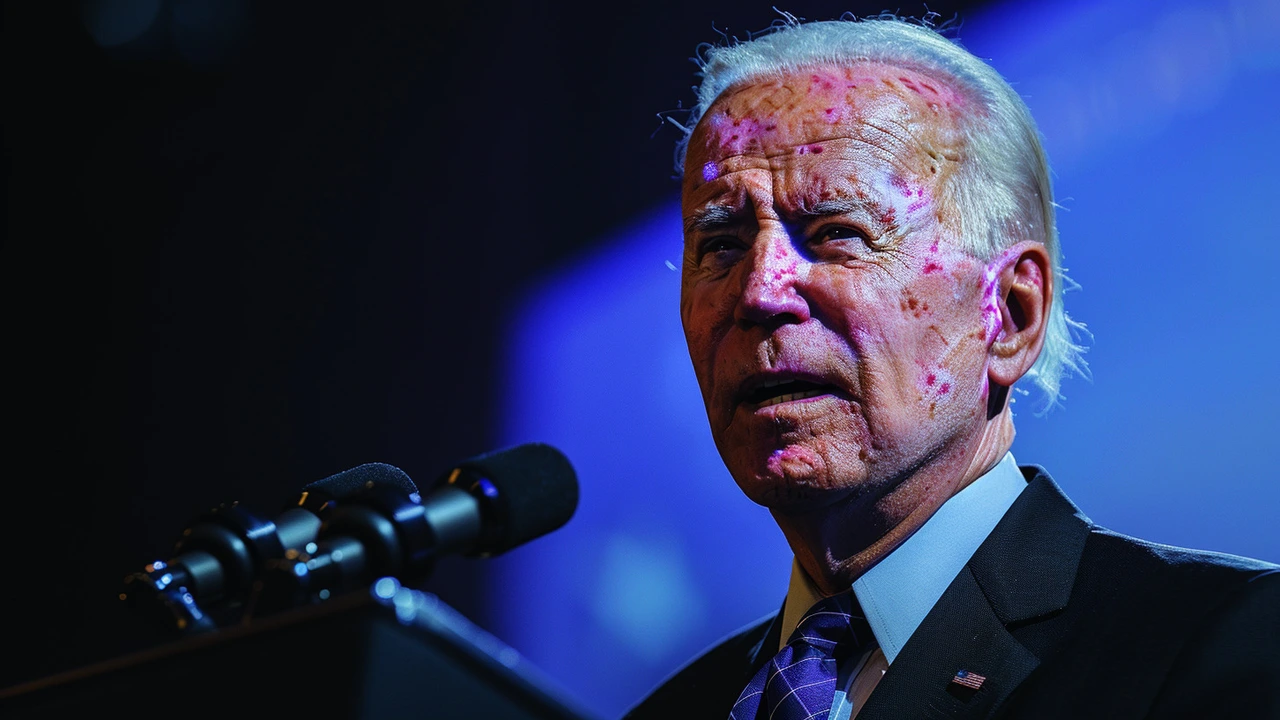Lies: How to Spot Falsehoods in News and Social Media
Fake stories and misleading headlines spread fast. You don't need special training to catch most lies — just a few habits and the right tools. Below are simple checks you can use the next time something looks off in your feed or inbox.
Quick checklist to verify a story
Read past the headline. Many lies hide in dramatic or clickbait headlines that don't match the full article. Open the link and read one or two paragraphs before reacting.
Check the source. Is the site known and reputable? Look at the domain (not just the logo). Fake sites often mimic real outlets with small changes in spelling or extra words.
Look for author and date. Stories without an author or with a missing/past date can be a red flag. If an author is listed, click their profile to see past work and credibility.
Cross-check with other outlets. If only a single, obscure site is reporting a dramatic claim, wait. Major or reliable regional outlets usually cover real breaking news.
Verify quotes and images. Use reverse image search (Google Images, TinEye) to see if a photo is old or from a different event. Quotes should appear in multiple reputable reports.
Watch for emotional bait. Content crafted to trigger anger or fear is often designed to get shares, not to inform. Take a breath before sharing.
Tools and quick checks you can use now
Reverse image search: Drop a photo into Google Images or TinEye to find its origin. You might find an older event or a different location.
Fact-check sites: Use Africa Check, Snopes, AFP Fact Check or Reuters Fact Check to see if a claim has already been researched.
Search exact phrases: Put quotes around key sentences and search. If nobody credible reports the same words, treat the claim with caution.
Check accounts: For social posts, click the profile. Verified badges, long posting history, and consistent content are signs of legitimacy. New accounts pushing big claims are suspicious.
What should you do if you spot a likely lie? Don’t share it. If you already shared it, correct the post with an update and a link to a reliable source. Report dangerous or harmful content on the platform. And if it affects your community, tell local outlets or trusted organisations so they can investigate further.
Fighting lies is mostly about slowing down. A few quick checks will stop most false stories from spreading. Keep these tips handy and share them with friends — accuracy spreads just as fast when people make the effort.



